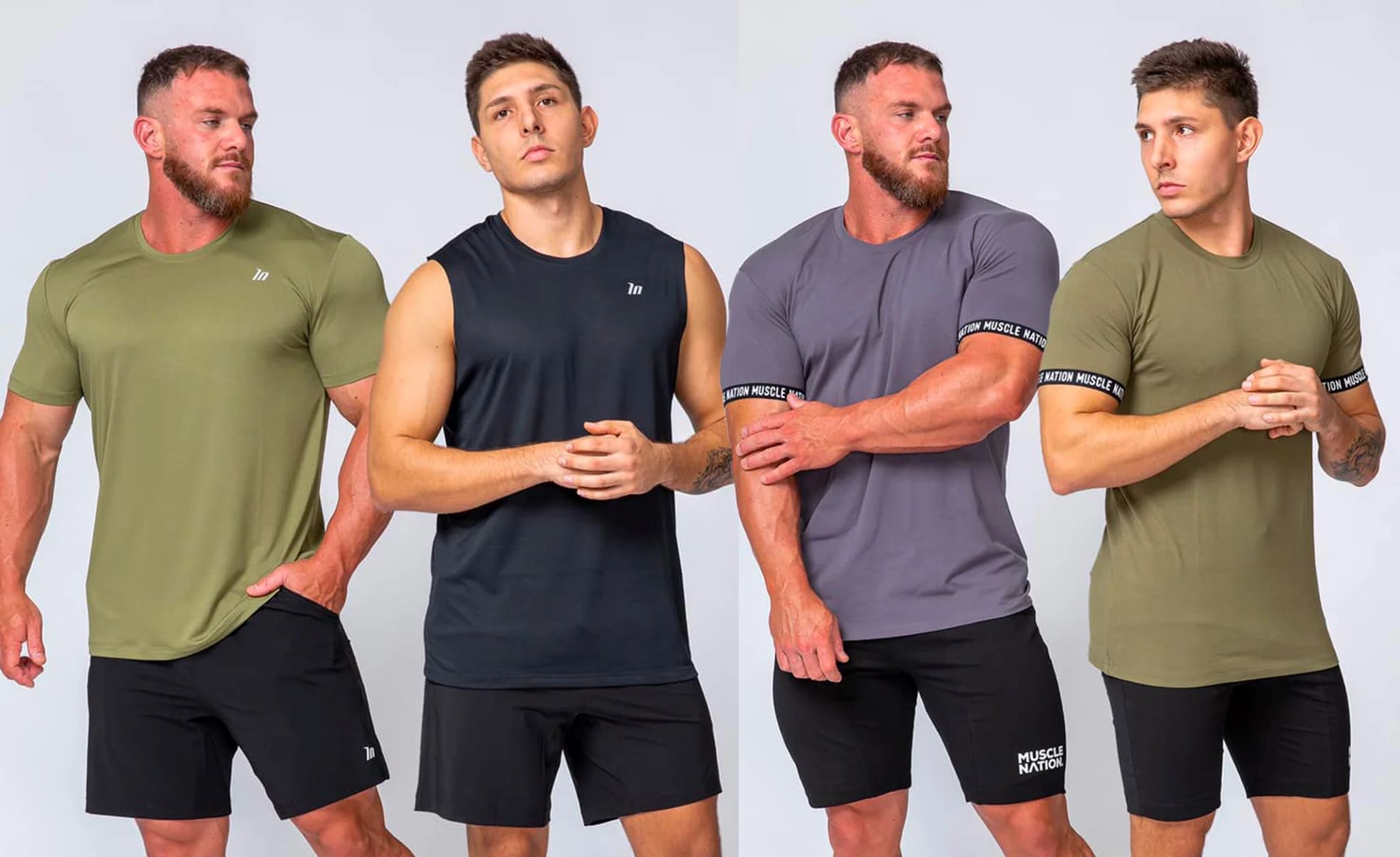Home>Shop by Feature>Design: Best Running Shorts>The Role of Running Shorts in Reducing Wind Resistance


Design: Best Running Shorts
The Role of Running Shorts in Reducing Wind Resistance
Published: June 22, 2023
Explore the role of running shorts in reducing wind resistance. Discover how the design and materials of running shorts can impact aerodynamics and minimize wind drag during running.
Runners and athletes worldwide continually strive to achieve their best performance, and often, it’s the small details that make the big difference. One such detail that runners may overlook is the role of running shorts in reducing wind resistance. This article will explore this often-underestimated aspect of running gear, providing a comprehensive understanding of how the right pair of running shorts can indeed make you run faster.
Understanding Wind Resistance
Wind resistance, also known as drag, is the force that opposes an object’s motion through the air. When you run, you push against the air in front of you, and the air pushes back. The faster you go, the greater the wind resistance becomes.
So, where do running shorts fit into this equation? To understand this, we need to delve a little into the science of aerodynamics.
Aerodynamics and Running
The term “aerodynamics” might seem more appropriate in the context of airplanes or race cars, but it’s equally applicable to running. In essence, aerodynamics is the study of how objects move through the air. It involves two key factors: drag and lift. For runners, reducing drag (or wind resistance) is the primary concern.
The total drag that a runner experiences comes from two main types:
- Frictional Drag: This is caused by the friction between the air and the runner’s body and clothing.
- Form Drag: This is caused by the shape and size of the runner and their clothing. The bigger or less streamlined an object, the more air it has to push out of the way, increasing the form drag.
Running Shorts and Wind Resistance
How you dress for a run can significantly affect both types of drag, but for this discussion, we will focus on the role of running shorts.
Material
Running shorts are typically made from lightweight, aerodynamic materials like nylon or polyester. These materials are smooth and create less frictional drag than cotton or other heavier fabrics.
Fit
The fit of running shorts can significantly affect form drag. Loose, billowy shorts have to push more air out of the way than tighter ones, creating more wind resistance.
Length
Shorter shorts have less surface area to push against the wind, reducing the wind resistance. However, the difference in wind resistance between short shorts and longer ones is usually minimal and may be overshadowed by other factors, such as comfort and personal preference.
Are Aerodynamic Shorts Worth It?
So, can wearing the right running shorts make you faster? The short answer is yes, but it’s important to remember that the effect will likely be small. Wind resistance becomes a significant factor at high speeds, and for most runners, other factors, such as fitness level and running technique, will have a much more significant impact on speed.
However, for elite athletes or those seeking to shave off every possible second, aerodynamic running shorts could provide a slight edge.

Image from Adobe
Conclusion
In conclusion, while the material, fit, and length of your running shorts can affect wind resistance to some extent, it’s just one small piece of the puzzle. A well-rounded running strategy should include aspects like proper training, nutrition, and recovery.
FAQs
What is wind resistance or drag in the context of running?
Wind resistance, also known as drag, is the force that opposes a runner’s motion through the air.
What role do running shorts play in reducing wind resistance?
The material, fit, and length of running shorts can all contribute to reducing wind resistance by reducing both frictional and form drag.
Do aerodynamic running shorts significantly increase speed?
While they can reduce wind resistance, the increase in speed is typically minor. Factors like fitness level and running technique are usually more critical.
What are the best materials for aerodynamic running shorts?
Lightweight, smooth materials like nylon or polyester are typically the most aerodynamic.
Are shorter shorts more aerodynamic?
In theory, shorter shorts have less surface area to push against the wind, which could reduce wind resistance. However, the difference is usually minimal and may be offset by other factors like comfort and personal preference.









